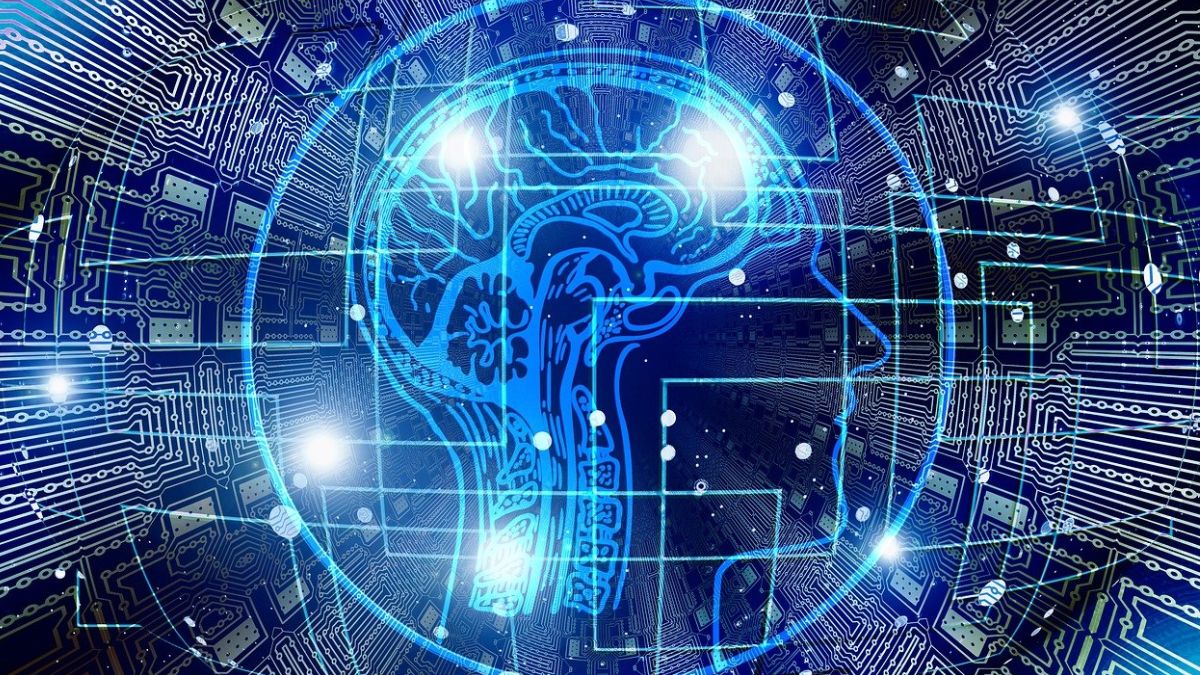Data science, at the forefront of technological innovation, is continually evolving, unlocking new possibilities and reshaping industries across the globe. In this article, we delve into the top 10 data science breakthroughs that are propelling us into an era of unprecedented advancements and transforming the way we understand, analyze, and leverage data.
Artificial Intelligence (AI) and Machine Learning (ML)
The foundation of many data science breakthroughs, AI and ML, continue to advance rapidly. AI-driven algorithms and ML models enable computers to learn from data, making predictions, and uncovering patterns without explicit programming. These breakthroughs have revolutionized industries such as healthcare, finance, and marketing, paving the way for more efficient decision-making processes.
Deep Learning
A subset of machine learning, deep learning focuses on neural networks with multiple layers, mimicking the human brain’s architecture. This breakthrough has been instrumental in tasks like image and speech recognition, natural language processing (NLP), and autonomous vehicles. The ability of deep learning models to automatically learn hierarchical representations from data has fueled advancements in various complex problem domains.
Natural Language Processing (NLP)
NLP breakthroughs have transformed the interaction between humans and computers. From chatbots and virtual assistants to sentiment analysis and language translation, NLP enables machines to understand, interpret, and generate human-like text. This breakthrough plays a pivotal role in making data more accessible and actionable, particularly in the realm of unstructured data.

Reinforcement Learning
Reinforcement learning has garnered attention for its ability to enable machines to learn through trial and error. This breakthrough is crucial in fields like robotics and gaming, where algorithms can optimize decision-making by receiving feedback in the form of rewards. The applications of reinforcement learning are expanding, with implications for optimization problems in logistics, finance, and beyond.
Quantum Computing in Data Science
Quantum computing is on the horizon as a potential game-changer for data science. With the ability to perform complex calculations exponentially faster than classical computers, quantum computing holds promise for solving previously intractable problems. In data science, this breakthrough could lead to breakthroughs in optimization, simulation, and machine learning tasks, revolutionizing the landscape of computation.
Explainable AI
As AI systems become more sophisticated, there is a growing need for transparency and interpretability. Explainable AI (XAI) addresses this concern by providing insights into how AI models arrive at specific decisions. This breakthrough is crucial in critical domains such as healthcare and finance, where understanding the reasoning behind AI recommendations is essential for building trust and ensuring ethical use.
Edge Computing in Data Science
Traditionally, data processing occurred in centralized systems, but the rise of edge computing is changing this paradigm. Edge computing brings computation closer to the data source, reducing latency and improving efficiency. In data science, this breakthrough allows for real-time processing of data generated by IoT devices, enabling faster and more responsive decision-making in various applications, including smart cities and autonomous systems.
Automated Machine Learning (AutoML)
Automated Machine Learning (AutoML) is simplifying the model-building process by automating tasks like feature engineering, model selection, and hyperparameter tuning. This breakthrough democratizes access to advanced machine learning techniques, allowing individuals without extensive data science expertise to harness the power of sophisticated models. AutoML is streamlining workflows and accelerating the adoption of machine learning across industries.

Time Series Forecasting and Predictive Analytics
Advancements in time series forecasting and predictive analytics are enhancing the ability to anticipate future trends based on historical data. From financial markets to supply chain management, this breakthrough enables organizations to make informed decisions by predicting future outcomes and optimizing strategies. The integration of advanced algorithms and real-time data is refining the accuracy and applicability of predictive analytics.
Augmented Analytics
Augmented analytics combines artificial intelligence and machine learning with analytics tools to enhance data preparation, insight generation, and decision-making processes. This breakthrough empowers data scientists and business analysts by automating routine tasks, uncovering hidden patterns, and providing actionable insights. Augmented analytics is streamlining the data analysis workflow and transforming how organizations leverage data for strategic decision-making.
The data science landscape is evolving at an unprecedented pace, driven by these groundbreaking advancements. From the foundational principles of AI and machine learning to the frontier technologies like quantum computing and edge computing, these breakthroughs are reshaping industries, unlocking new possibilities, and propelling us into a data-driven future. As organizations harness the power of these advancements, the potential for innovation and transformative impact on society is limitless. The journey into the future of data science is only just beginning, promising continuous exploration and discovery.










